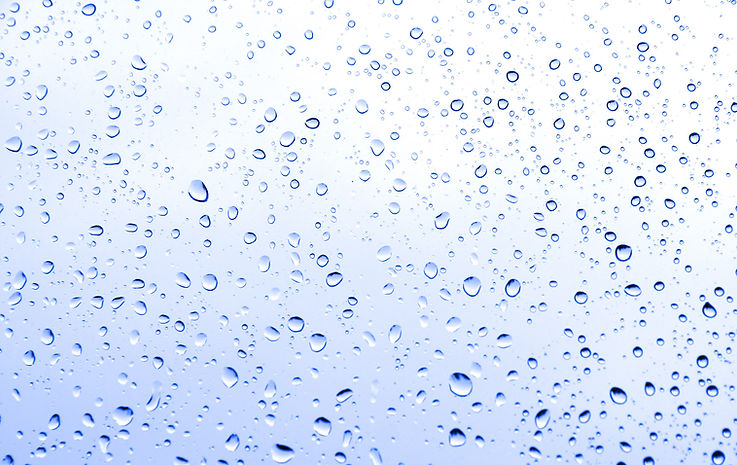Free Shipping On Orders Over $500 Within Alberta

Do You Really Need to Moisturize Your Feet?
When it comes to daily skincare routines, most people focus on their face and hands—while their feet are often forgotten. But the truth is, your feet work hard every day, supporting your body and taking thousands of steps. So, do you really need to moisturize your feet? The short answer is: absolutely.
Moisturizing your feet isn't just about cosmetic appeal. It's a key part of preventive foot care, especially if you're using foot care tools like pumice stones, foot files, or callus removers. Regular moisture keeps your skin healthy, comfortable, and less prone to cracking, infections, or painful dryness.
Let’s explore why foot moisturization matters, how it complements the use of foot care tools, and tips for making it part of your regular routine.

Why Moisturizing Your Feet Matters
Your feet are subject to pressure, friction, and exposure all day. While other parts of your body produce natural oils to protect your skin, your feet—especially the soles—lack oil glands, relying entirely on sweat for moisture. This makes them especially prone to dryness, cracking, and thickened skin.
Without regular moisturization, you may notice:
-
Dry, flaky skin
-
Painful calluses
-
Increased risk of fungal infections
These issues don’t just affect comfort—they can also lead to more serious conditions, especially for people with diabetes or circulatory issues.
How Foot Care Tools Play a Role
Using foot care tools like foot files, callus shavers, or electric exfoliators can help remove thick, dead skin and smooth rough patches. However, exfoliating without following up with moisture can actually make things worse.
After exfoliating, the skin is more vulnerable to dehydration. Applying a foot cream, balm, or moisturizer seals in hydration, soothes irritation, and supports the healing process. It's the essential second step in any proper foot care routine.
Pro tip: If you use a pumice stone or file in the shower, pat your feet dry and apply a moisturizer immediately while your skin is still slightly damp to lock in hydration.


Signs Your Feet Need Moisturizing
Wondering if you need to start a moisturizing routine for your feet? Look for these signs:
-
Visible cracks, especially on the heels
-
Rough or scaly texture
-
Discoloration or white patches, particularly on the soles
If you’re using foot care tools frequently but skipping moisturizer, these symptoms may worsen instead of improve.
Best Practices for Moisturizing Your Feet
1. Choose the Right Moisturizer
Look for foot creams that contain:
-
Urea (softens thick, hard skin)
-
Shea butter or cocoa butter (deep moisturizers)
-
Glycerin or hyaluronic acid (retain moisture)
-
Tea tree oil (antifungal benefits)
Avoid using regular body lotion on the soles of your feet, as it may not be rich enough for the tougher skin.
2. Apply at the Right Time
The best time to moisturize your feet is right after bathing or showering, and again before bed. At night, apply a thick layer of foot cream and wear cotton socks to help the product absorb overnight.
3. Pair With the Right Foot Care Tools
Use tools like:
-
Foot files or rasps to reduce calluses
-
Electric foot exfoliators for smoother skin
-
Toe separators for even product application
-
Silicone heel sleeves to protect dry, cracked heels while moisturizing
Moisturizing after using these tools helps soothe and heal the skin, making your efforts even more effective.


Special Considerations
- For Diabetics:
Dry, cracked skin can lead to serious complications. Moisturizing daily—especially after using any foot care tools—is essential for preventing wounds and infections.
- In Winter Months:
Cold, dry air zaps moisture from your skin. You may need to moisturize twice daily in colder seasons to prevent heel fissures or thick buildup.
The Bottom Line
Yes, you really do need to moisturize your feet—and it’s not just about making them look good. Proper hydration is essential to prevent discomfort, skin breakdown, and infections. It also maximizes the benefits of foot care tools, helping to maintain soft, healthy, and strong skin.
Whether you're managing dry heels, prepping for sandal season, or just trying to keep your feet healthy year-round, moisturizing is a non-negotiable step in your foot care routine.
Disclaimer: This content is for informational purposes only and does not substitute professional medical advice, diagnosis, or treatment. Always seek the guidance of a qualified healthcare provider with any questions you may have regarding a medical condition or treatment options.